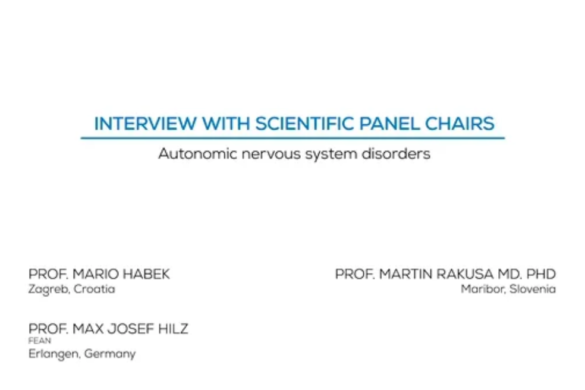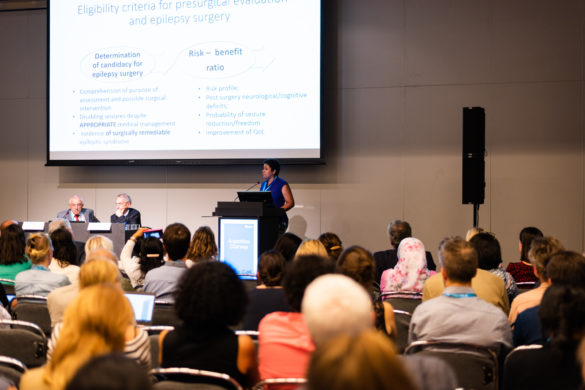By Antonella Macerollo
For October 2020, we have selected the following Covid-19 paper:
Hernández-Fernández F. et al. Cerebrovascular disease in patients with COVID-19: neuroimaging, histological and clinical description. Brain 2020 Jul 9;awaa239. doi: 10.1093/brain/awaa239. Online ahead of print.
There has been ongoing interest to investigate potential neurological disorders associated with Covid-19 infection since it has become evident that this virus triggers a multisystemic reaction.
Our paper of the month presents a single centre retrospective study conducted on a database from the regional reference unit for the treatment of cerebrovascular disease at the Hospital Universitario de Albacete, Castilla-La Mancha, Spain. The database included demographic data, times of care, previous comorbidity, clinical scales, treatments, and laboratory data at the time of the stroke.
Inclusion criteria was laboratory confirmation of COVID-19 infection, irrespective of clinical signs and symptoms. The tests considered confirmatory of COVID-19 were the following: (i) positive serological test (IgM/IgG antibodies); (ii) positive PCR (nasopharyngeal exudate); and (iii) typical high resolution chest CT appearance.
1683 patients were included from the date on which the first COVID-19 case was reported in the area of the study: 1 March 2020 and continued to 19 April 2020.
All stroke patients underwent CT brain; 6 patients underwent brain MRI scan as well. Of note, 6 patients had a neuropathological study (two brain biopsies, and four arterial thrombi).
Hernández-Fernández et al. found that 1.4% (23) of their Covid-19 patients developed cerebrovascular disease; 73.9% (17) were diagnosed with cerebral ischaemia, 21.7% (5) with intracerebral haemorrhage and one with leukoencephalopathy.
Interesting, the haemorrhagic patients had higher ferritin levels at the time of stroke (1554.3 versus 519.2, P = 0.004) and a radiological pattern characterised by subarachnoid haemorrhage, parieto-occipital leukoencephalopathy, microbleeds and single or multiple focal haematomas. Brain biopsies in two haemorrhagic patients showed signs of thrombotic microangiopathy and endothelial injury.
Ischaemic strokes were unexpectedly frequent in the vertebrobasilar territory (6/17, 35.3%).
The functional prognosis during the hospital period was unfavourable in 73.9% (17/23).
Of note, the main limitation of this study is the retrospective methodology, which may have resulted in several sources of bias.
Overall, our paper of the month showed pathological and radiological data consistent with thrombotic microangiopathy caused by endotheliopathy with a haemorrhagic predisposition. The authors hypothesised a cytopathic effect of SARS-CoV-2 on the endothelium, leading to thrombotic microangiopathy, since they found no histological data in favour of arteriolosclerosis, amyloid angiopathy, vasculitis or necrotising encephalitis.












